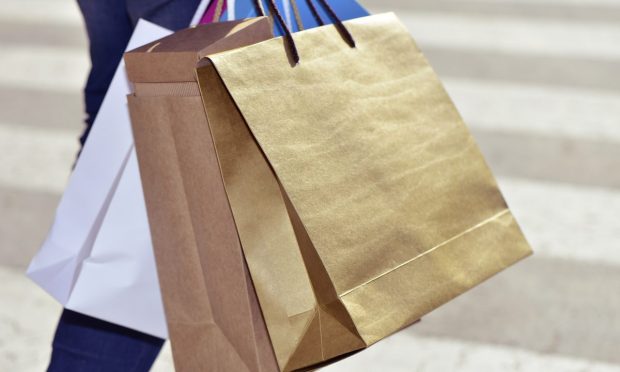The Frugal 5: Top Retail Categories That Will Benefit From Belt-Tightening

With in-your-face gasoline prices appearing on every street corner, endless accounts of packaging tricks and bundling strategies being deployed to conceal rising product costs, and a raft of surcharges and fees being rolled out to offset expenses, inflation is unavoidable right now.
Consumers not only see it firsthand in their everyday lives, but even when they’re not shopping or out running errands they read about it, post about it, and talk about it with each other in a manner normally reserved for small talk about the weather.
Yes, inflation is back with a vengeance and after a 40-year nap appears hell bent on inflicting hardship and change on everything it touches. As much as inflation is the omnipresent economic evil, for any American under the age of 70 who was not an active adult (25+yo) consumer during the prior double-digit price spikes of 1975 and 1980, its impacts are truly unprecedented and mostly forgotten in most of our lives.
But for all its ruinous impacts on individuals, inflation and the subsequent belt-tightening it triggers will likely also be a major catalyst for certain retail categories that are positioned to offset these impacts. With that in mind, PYMNTS presents “The Frugal Five.”
- Dollar Stores
It’s almost as if they saw it coming because during the tenuous sporadic recovery from the shocking lockdown lows of two years, the major dollar store players were opening new locations at a feverish pace. As we reported in January, Dollar General, Dollar Tree and Family Dollar accounted for roughly half of all new store openings in the U.S. last year. That’s not to say it will be easy, as there will surely be more revisions such as Dollar Tree’s embrace of the $1.25 price point last November as well as the more recent rollout of $3 and $5 specials.
-
Buy-in-Bulk Warehouses
While many brands and retailers will tinker with so-called “shrinkflation” and reduce the quantity of goods in their packages but keep the price the same, the giant warehouse stores have always gone in the opposite direction. Be it Costco, Sam’s, or BJ’s Wholesale, the buy-in-bulk leaders will continue to fight high prices via their dual-pronged economy of scale attack which not only benefits from larger packages and portions but also leverages the collective buying power of tens of millions of members.
-
Cheap(er) Eats
Whenever there’s a shift to basic necessities, food and shelter — while far from immune — are in a unique position. While consumers will clearly shift brands and choices to stretch their budgets, in general they will undergo a quest to eat more cheaply. Whether that change takes places in the grocery store or in a move toward less expensive ways to eat out, the winners and losers in this vast food category will be determined by how well retailers and brands position themselves to meet this demand. And not just by buying more ingredients, but through a mix of prepared foods, frozen meals and other conveniences that add variety and value to mealtime.
-
ReCommerce
By any name, secondhand, resale or reCommerce, this category enters the modern inflation era with a running start. Not only are the apparel resellers already in business and established, but the likes of thredUP, Poshmark, The RealReal and others already have legions of loyalists who love to save money but still get “new” clothes. They could also benefit from the fact that more consumers will likely look for innovative ways to raise cash, making fundraising concepts like “closet cleanouts” all the more appealing.
-
Home Entertainment
As much as Americans are longing for a return to normalcy after two years of COVID, this latest consumer challenge is set to curtail those non-discretionary purchases and activities a bit longer. With that in mind, the prospects look good for an extension of the stay-at-home fun and comfort trend which has seen unprecedented growth since the lockdowns began in March of 2020. Whether it’s a preference for streamed movie nights at home, backyard barbecues or creative kitchen and bath accessories, the nesting trend — while a bit tired — will surely seem like a good deal.
